Lockdown has been both the best and worst of times for our family. While I won’t get into all the particulars of both, some highlights have been eating dinner as a family more, spending way more time outside and making all things imaginable using yeast.
It could be because all three kids are home, I’ve been in school and things have just been more challenging than usual.
Or maybe it’s because my stress has been palpable.
Either way, our three-year-old’s whining has reached an all-time high.
Whether it’s a first time request for sourdough and a yogurt drink or one of his siblings has interfered with his play, his tone changes from pleasant to a screeching-almost-scream in no time flat.
As his whining has increased so have my assertions to “Stop whining!” And thus we have entered into a neverending cycle of him whining and me using my most serious parenting tone to tell him to stop.
Nothing is getting better and, the truth, is I know better.
Related reading: Front-loading, Redirection and Connection: 3 Strategies for Your Strong-Willed Toddler
When it comes to correcting child behaviour, I know what I’m doing is ineffective.
For one, parenting from autopilot almost never works.
We’re training a puppy right now and it’s funny because I would never tell a twelve-week-old puppy to sit from the other room. Moreover, while he’s so young, I’m not giving him commands when I’m not present enough to make sure he listens. And yet, with my three-year-old, I’ve been doing just that. While I’m busy making dinner or elbow-deep in dirt from the garden, I hear him wine, tell him to stop whining and carry on with what I’m doing.
Additionally, I know that negative language requires children to double-process. For toddlers, this can be quite challenging. Not only does my little guy need to process what I have said, but I am also expecting that he deduces what he should be doing instead.
Finally, listening to stop, stop, stop repeatedly can just be downright discouraging.
Related reading: It’s Science. Dropping Negative Language Improves Child Behaviour.
When it comes to problematic behaviours, my first step is this.
In the past, when my kids seem to be fighting all the time or when backtalk gets out of hand, my first step is to stop, drop, and coach.
All too often, I catch myself in the above-mentioned cycle. I multitask while parenting and, at best, my half-focus on them gets half-listening from them. At worst, they don’t listen at all. So when I realize we’re all getting nowhere, I make a promise to myself to stop when the problematic behaviour starts, drop whatever I’m doing, and coach them through the behaviour.
With regards to whining, there are a few things to consider.
- Children who whine usually do so when distressed. Therefore, matching their intensity (i.e. getting mad) is likely to escalate the situation. Instead, parents should coach the children calmly.
- Children who whine tend to do so because it’s worked. In the case of my son, I know I have given him what he’s wanted just to get the whining to stop.
- Children tend to emulate what they see. This means, when I’m calmer, my children are more likely to act calmly.
Related reading: 10+ Tips to Mitigate Difficult Toddler Behaviour
To stop whining in its tracks…
Finally, the very simple but effective strategy I used to stop whining in its tracks is to:
- Get my child to breathe deeply. For a toddler simply saying, “Take a deep breath,” may seem a little abstract instead. Instead, I love using cupcake breath. The first time I did this with my three-year-old, I said, “Imagine you’re holding a cupcake in your hand.” We both held our hands in a cup-shaped position. Then, I said, “Now, imagine there is a birthday candle on top. Now very slowly blow that candle out!” Not only did he love the idea of a birthday candle, but he also breathed the deepest he’s ever breathed. Now, all I have to say is “cupcake breath” and he takes a big, slow breath.
- Model the type of voice you want to hear. So I too take a deep breath and then say, “Say, ‘Rice Krispies, please?'”
- Try and reinforce the positive tone of voice your child has used by saying yes (within reason). As soon as my son has used a calm, respectful tone of voice, I try and say yes so he learns this way of speaking works.
If modelling alone doesn’t work, try the whiny vs. nice voice technique.
This idea came from my friend Katie, who’s education is in educational psychology.
Using this, I stop what I’m doing, get down to my son’s level and very calmly say, “Should you say, ‘I waaaant another yogurt tuuuube?'” mimicking his tone and intonation (without mocking). “Or, should you say, ‘Can I have another yogurt tube, please?'” which I model in a calm, matter-of-fact tone. Then, once he corrects himself and he gets what he wants.
A final note about stopping toddler whining
I catch myself autopilot parenting more than I’d like. And because of this, I’m still addressing my son’s whining. However, the more I’m present, calm, help him deep breathe and demonstrate the contrast between his whining and how to speak appropriately, the less he’s whining. I feel less tense and he seems happier too!
For more on parenting toddlers, check out:
Front-loading, Redirection and Connection: 3 Strategies for Your Strong-Willed Toddler
The Stress-Free Way to Potty Train Your Toddler
10+ Tips to Mitigate Difficult Toddler Behaviour
How to Handle Your Toddler’s Potty Training Regression
When Should a Toddler Stop Napping? A Sleep Expert Weighs in
Toddler Biting? This positive approach will stop it for good
Like this post? click on the Image below to pin it for later!
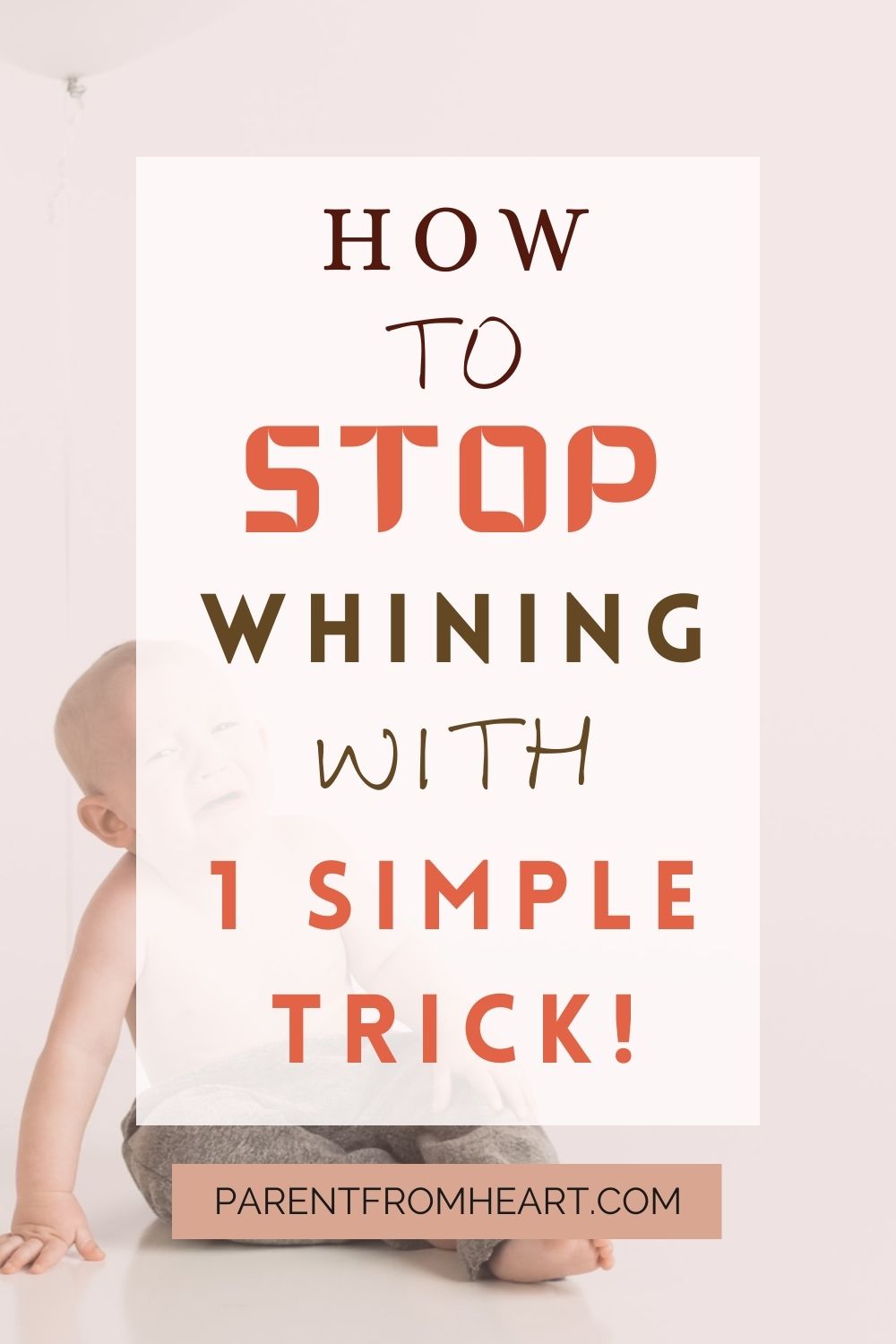







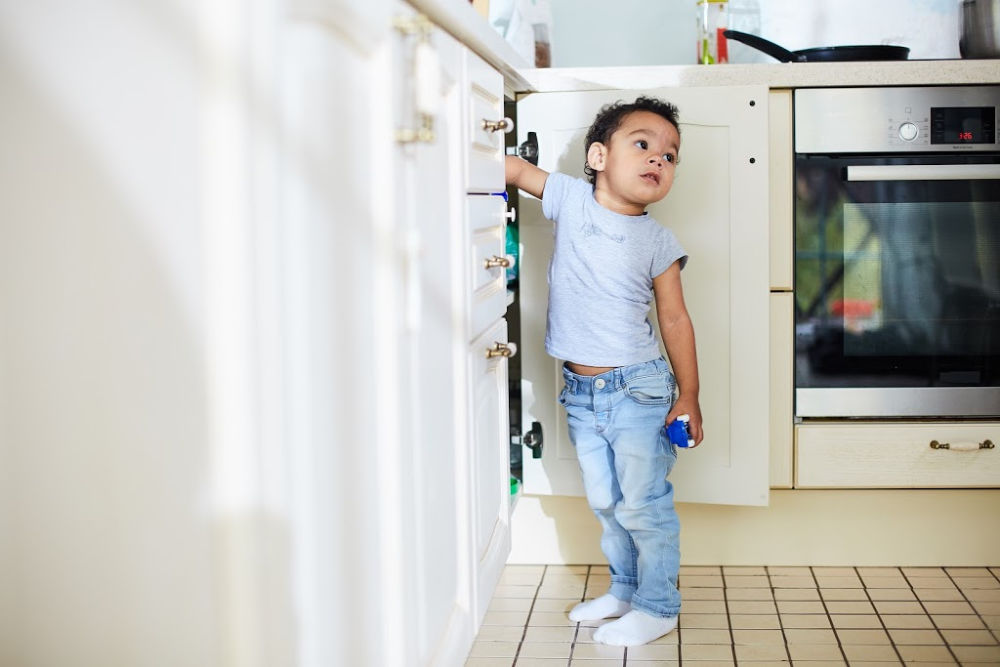
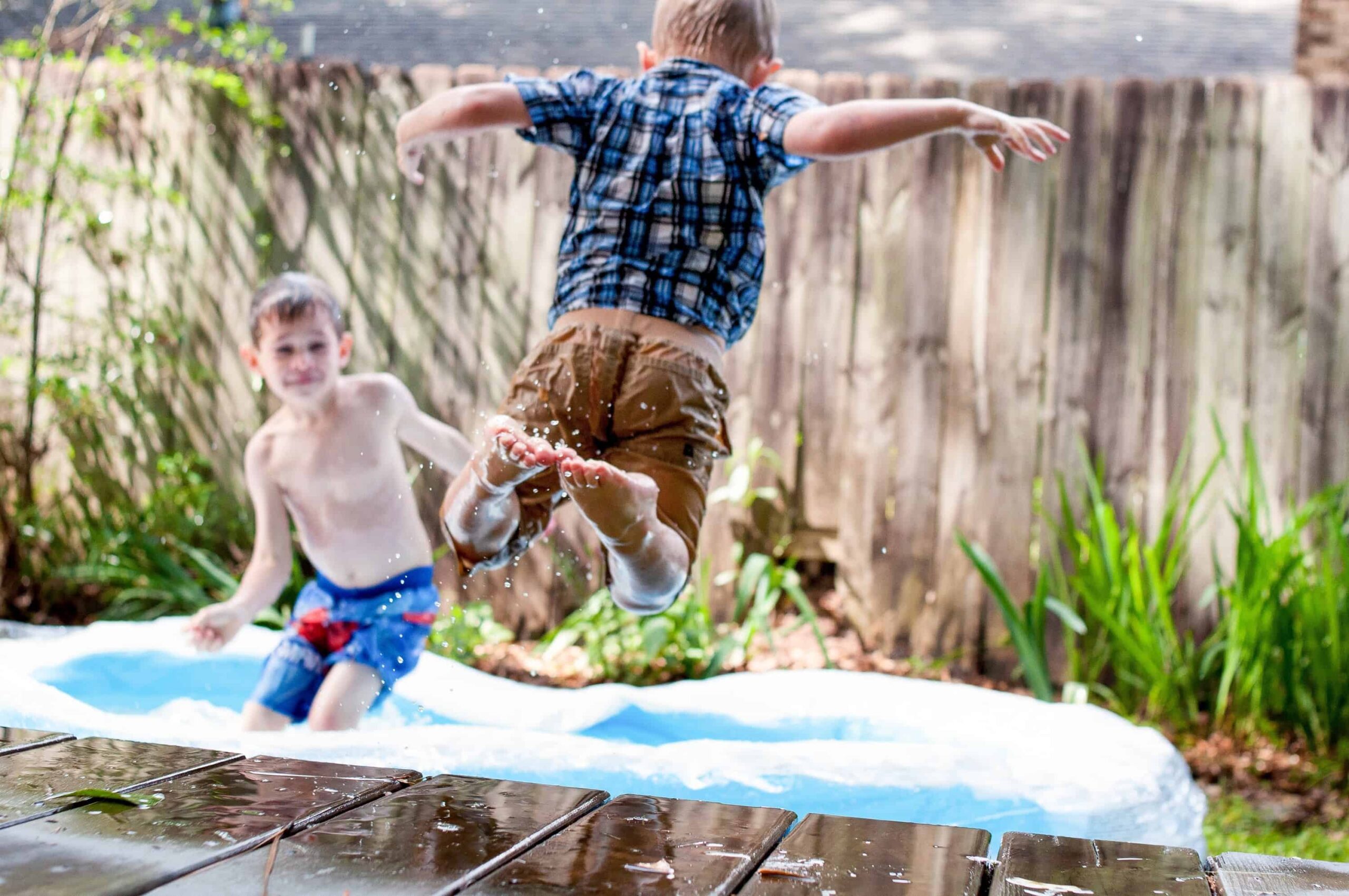
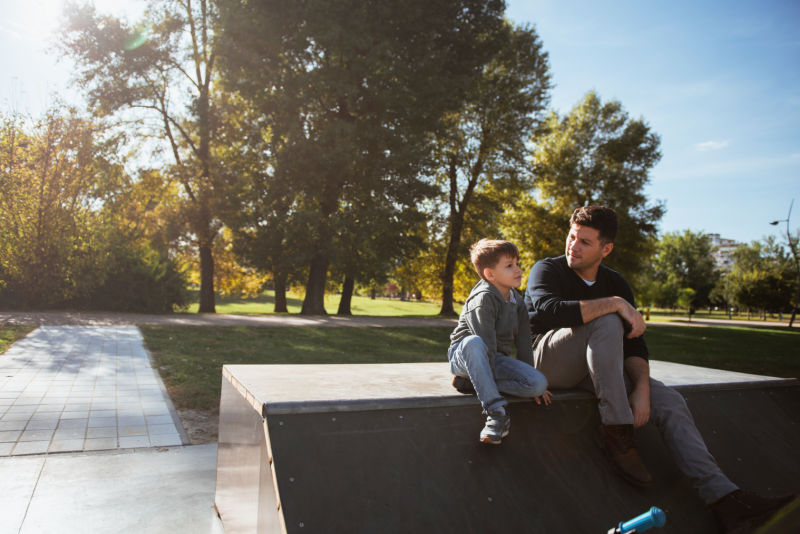

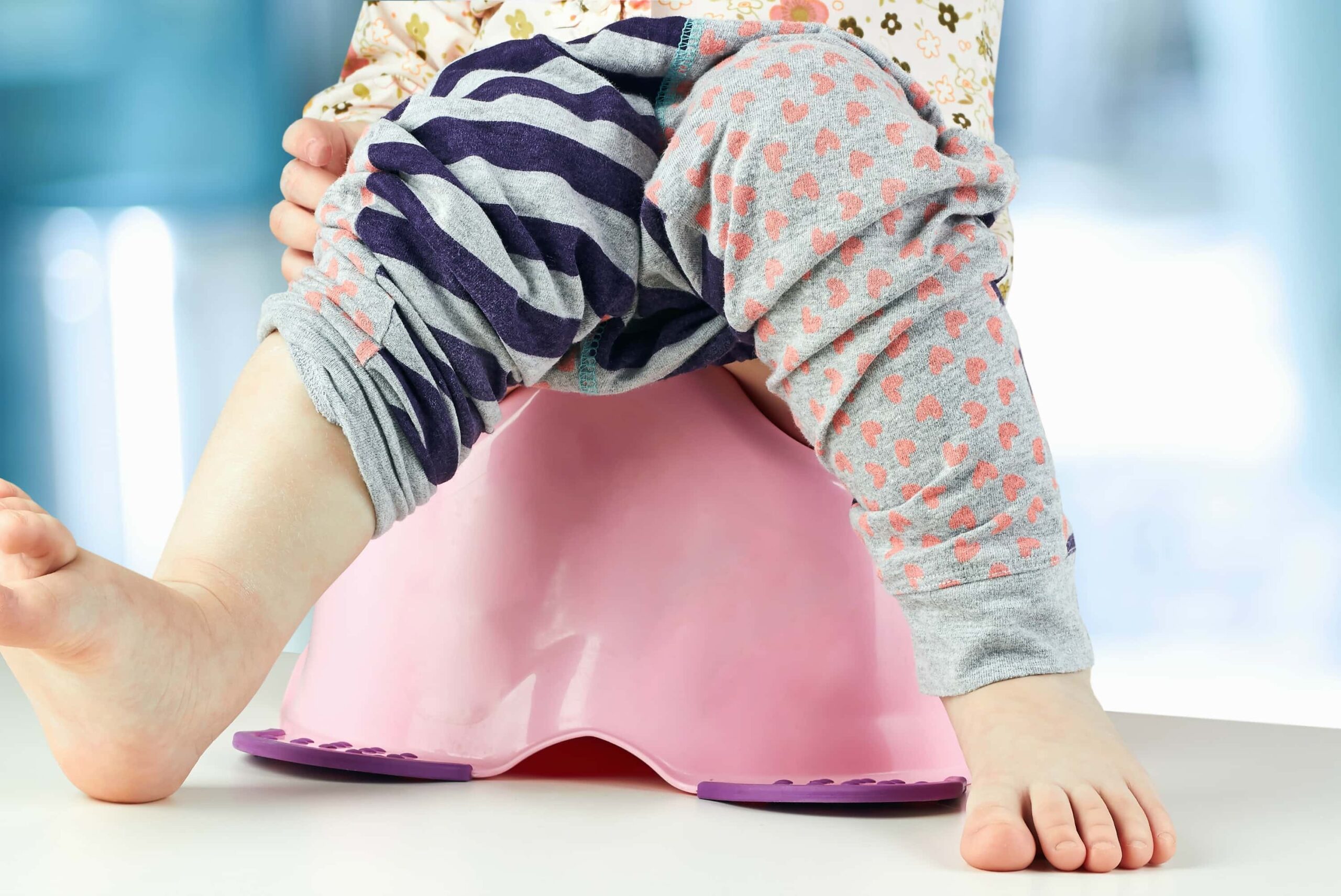
Thank you, Alana, for this beautiful reminder.
Just like the most parents nowadays, I had some autopilot parenting issues (I still do, actually, but working on it). Autoparenting always makes our precious ones feel insecure. They whine, make mess, break things, bite etc just to get some attention. If I autoparent because I have some important things to do, screaming monster makes me feel stressed. But if I autoparent because I “have to” check that notification, I feel guilty. And both suck.
So, once, during one of those unholy moments, I turned off the stove, left dirty dishes being dirty little bit longer and took my daughter to the playground. We played with sand, jumped on trampoline, swung for a half hour. And world didn’t collapse. Nothing bad happened. We came home, her mood was great and mom finished cooking and doing dishes.
That was a life-changing experience for me. If I didn’t spend time with her house would be a mess, she would be mess, lunch would be burnt mess and I would want to cry.
The point of this lengthy comment is: be there. No matter is that a cupcake breath and calm talk or a trampoline, just be there for your baby.